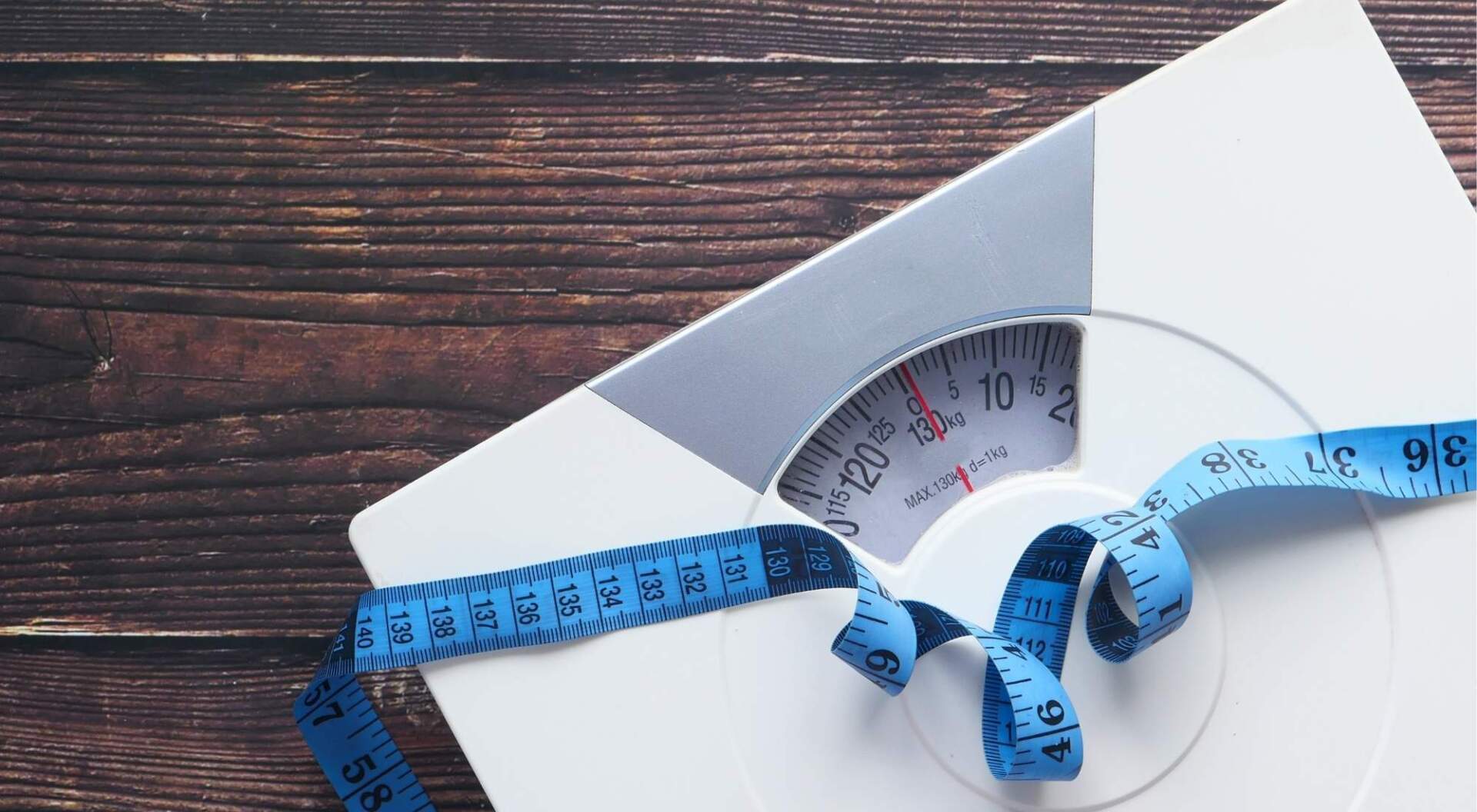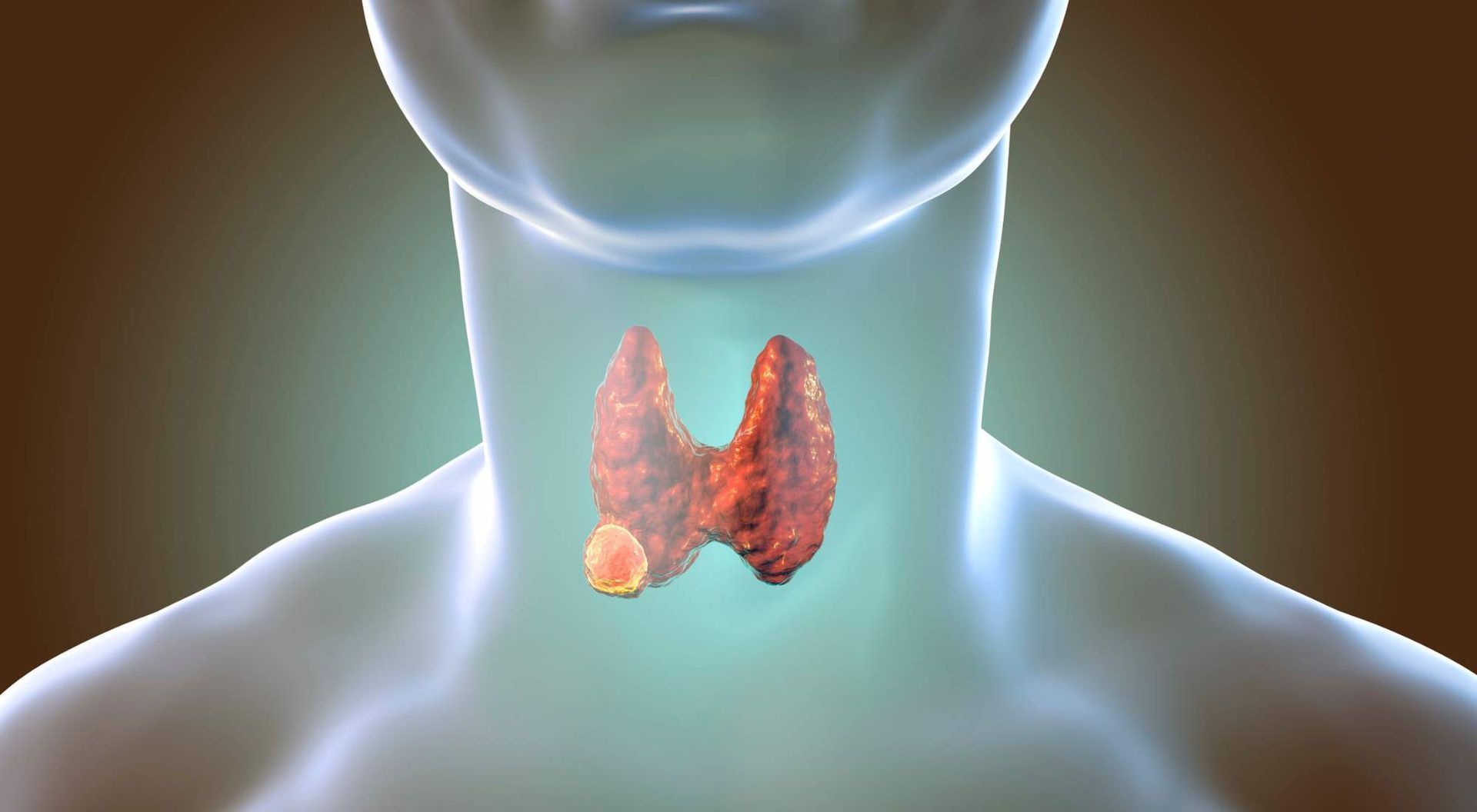Reverse Dieting: What It Is, How to Do It, and How to Decide if It's Right for You
"The content below is not intended to be a substitute for professional medical advice, diagnosis, or treatment. Always seek the advice of your physician or other qualified health provider with any questions you may have regarding a medical condition."
Dieting — we’ve all done it in one form or another, with varying levels of success
But what is reverse dieting?
It sounds like a bit of an oxymoron. Can something that seems contradictory really work?
Perhaps you’ve heard about reverse dieting, but you’re wondering:
- Does reverse dieting work just for bodybuilders; or
- Could it benefit the average person seeking to lose weight and maintain it?
Read on to learn:
- What reverse dieting is
- How it works; and
- If it could be the right weight loss solution for you
Table of Contents
What Is Reverse Dieting?
Perhaps you’ve experienced a plateau, or maybe you’ve reduced your calories as low as you can, but you’re still not losing weight.
It’s in these types of situations that may turn dieters to reverse dieting.
Bodybuilders who have been on extreme diets may also turn to reverse dieting as a way to return to regular eating without weight gain.
Reverse dieting, as counterintuitive as it sounds, is an approach designed to increase metabolism and normalize hormones after strict dieting and calorie reduction.
Dieting and calorie reduction result not only in weight loss but also in a slowed metabolism. By the time you reach your goal weight, you may find that the calorie allotment necessary to maintain your weight is very low — and hard to stick to.
Reverse dieting allows you to slowly add in calories over weeks or months. Done the right way, this strategy can slowly increase your
metabolism so that the extra calories being added are burned off, resulting in weight maintenance rather than weight gain.
How Does Reverse Dieting Work?
To understand how reverse dieting works, we first need to understand the term metabolic adaptation.
Metabolic adaptation happens when we drastically restrict calories or lose weight. Your body senses the reduction in energy (calories) and works to reduce your metabolism to fill in the energy gap.
As a result, our bodies may respond in the following ways:
- Slower heartbeat
- Adversely affected hormones such as thyroid hormone, testosterone, leptin, and ghrelin
- Decreased non-exercise activity thermogenesis (NEAT) such as fidgeting, working, doing chores, walking around the house
- Fewer calories used to digest food
- More efficient muscles that require less fuel
- Fatigue
- Digestion changes
When metabolic adaptation occurs because of a calorie deficit required in a diet, it can be problematic to return to pre-diet eating and still maintain the weight loss.
Reverse dieting is an approach to this dilemma.
After the goal weight has been reached, starting a reverse diet would involve slowly adding in 50 to 100 calories over a period of one to two months until your pre-diet caloric intake is reached.
Because of the slow transition to increased calories, your body’s metabolism increases, which results in a reversal of some of the effects listed above:
- Your body burns more through NEAT.
- Hormone levels begin to normalize. Normal levels of leptin help regulate appetite and body weight.
- With more calories and higher metabolism, the fatigue effects are reduced.
Can You Lose Weight on a Reverse Diet?
The answer to this question is a resounding maybe.
If you want to know how to reverse your diet to lose weight, you may not find the answer you’re looking for.
There simply isn’t much research available on the weight loss results of being on the reverse diet. Nevertheless, when calories are slowly added back into your diet, the boost in metabolism and the normalizing of hormones could result in some weight loss in addition to weight maintenance.
If you want to lose weight naturally, Dr. Sergi at HealthierU is ready to design a weight loss program with your needs and goals in mind.
3 Benefits of Reverse Dieting
Reverse dieting presents some benefits as well as some drawbacks. Let’s take a look at three of the benefits you may experience with reverse dieting.
#1: Provides Greater Flexibility in Your Diet and Reduces Appetite and Cravings
Diets are restrictive — there’s no way around it. If you cut back on calories, you must omit some things from your diet.
Reverse dieting can provide some flexibility in your diet, allowing you to add back in some foods that you’ve purposefully been omitting. In addition, after a period of time, you may find yourself more motivated to stick to a healthy diet and return to a clean diet after the reverse dieting is over.
Dieting often comes with cravings. And it seems that cravings are stronger after you’ve decided to cut certain things from your diet.
And there’s a good, scientific reason for that.
Two amazing hormones, leptin and ghrelin, play a key role in hunger and appetite. Leptin promotes fullness while ghrelin stimulates hunger. Often, when dieting, and more so on extreme diets, leptin levels decrease while ghrelin levels increase.
Reverse dieting may help to slowly equalize those hormone levels, resulting in more fullness and fewer cravings.
In addition to these improvements, you may also experience the following:
- Digestive improvements
- Other physiological improvements:
- Better sleep
- Increased libido
#2: Increases Muscle Mass
Muscles need energy, and your muscles get one form of energy from the foods and calories you consume. Combining energy in the form of calories with strength training is the best way to grow muscle mass.
However, muscle mass is difficult to build when you are working on a calorie deficit.
Reverse dieting may be the answer to building muscle mass as you slowly increase your calorie intake.
#3: Increases Mental and Physical Energy
Maybe you’ve experienced the following while following a strict diet:
- Mood swings
- Trouble concentrating
- Low energy levels
These symptoms are not uncommon on highly restrictive diets because you may be missing out on a balanced combination of both macronutrients and micronutrients.
But when you add back in more energy (calories), you’ll also likely experience more mental clarity and physical energy.
Increasing calories on the reverse diet may result in the following:
- A higher intake of macronutrients (fat, carbs, and protein) and micronutrients (vitamins, minerals, and phytonutrients) boosts energy and decreases mental fogginess.
- Having a balanced variety of nutrients improves learning and can help provide the energy for workouts.
- You may have more energy for non-exercise activities (NEAT) like walking and playing with your children. And when more calories are burned with NEAT activities, maintaining weight loss can be a little bit easier.
3 Drawbacks to Reverse Dieting
Benefits are usually accompanied by drawbacks. Below we’ll discuss a few of the most common limitations with the reserve diet.
#1: Potential Weight Gain
Weight gain is the last thing you want after you’ve worked so hard to lose those extra pounds.
Adding in calories can be tricky on the reverse diet.
If you increase calories without having a good understanding of the calories you need for maintenance, you can overestimate your allowable increase and gain weight as a result.
Body water weight is also a consideration when trying the reverse diet. Adding carbs back into your diet may result in increased water weight. And though it’s not the same as gaining fat, it can still be frustrating to watch the scale start creeping up again.
#2: Focuses Only on Calories
Only focusing on calorie intake can lead to an imbalance approach to weight management.
Other than calorie consumption, the following factors can also affect the bottom line when it comes to weight loss and management:
- Understanding how to manage nutrition and include “treats” properly: Living and eating without ever splurging is impractical, so knowing how to appropriately treat yourself is key to weight loss maintenance.
- Understanding your body and what it needs: Simply counting calories doesn’t take into consideration the intricacies of your body and what it needs to perform optimally.
- Stressful calorie counting: Consistently and strictly counting calories can not only be challenging, but it can cause stress — which can further lead to weight gain.
- Understanding other important factors that affect body weight: Considering things like sleep, stress, and hormone changes are crucial to have an overall strategy for weight loss maintenance.
#3: Research Is Minimal
The bottom line is that there isn’t any research available on reverse dieting. So, currently, there is no way to tell if the reverse diet is truly effective or even necessary.
Those who support reverse dieting may base their knowledge on studies that show how dieting negatively affects metabolism and hormone balance. But they have no controlled studies to rely on to back up their support.
Until those controlled studies are available, reverse dieting should be approached with caution and with an understanding that your particular results may look very different from your fellow reverse dieter.
How to Reverse Diet to Lose Weight: 4 Tips for Getting the Best Results
So, if you want to give the reverse diet a try, follow these four tips.
#1: Calculate Calories
Once you arrive at your goal weight, you need to figure out your maintenance calorie intake — how many calories you can eat to maintain your current weight.
There are a lot of online calculators available that can help you calculate calories. But first, you’ll need to choose your tracking method:
- Strict calorie-counting; or
- Counting macros
If you choose to count macros, follow these steps to gauge proportions:
- Track everything you eat for 3 or 4 days to get an idea of your average calorie intake. Let’s say your average is 1800 calories.
- Set your protein target at 1 gram of protein per pound of body weight. So, if you weighed 160 pounds, your goal would be 160 grams of protein.
- Subtract the protein calories from the total calorie intake to determine your remaining calories.
- 160 grams of protein x 4 calories per gram = 640 grams
- 1800 total calories - 640 protein calories = 1160 remaining calories
4. Split the remaining calories at either 40/60 or 60/40 proportionately between carbs and fat.
#2: Establish Your Goal
Decide what your goal is and then establish your caloric intake increase accordingly.
The faster you add in calories, the more chance you have of gaining fat.
If gaining some fat isn’t a huge deterrent for you, then you may be able to add calories in at a faster rate. If you want to avoid fat gain, you’d be better off increasing calories more slowly.
#3: Add Calories
Once you’ve calculated your calories and determined your goal, you can begin adding calories at the appropriate rate.
Here’s how:
- Stay consistent with your protein calorie intake.
- Add calories by way of carb and fat increases every 5 to 7 days. (A conservative approach would be to add 5% to carbs and fat, to begin with.)
#4: Track Your Progress and Know When to Stop
To track your progress, weigh yourself several times a week first thing in the morning.
If you experience a jump in weight over a one-week period, you may want to decrease the rate at which you’re adding calories.
If you maintain your weight or lose weight, you may want to consider bumping up your calorie intake of carbs and fat.
In addition to weighing yourself regularly, track progress by doing the following:
- Take body measurements (waist, hips, and other body measurements).
- Take progress photos with front, side, and back views.
- Measure workout performance.
- Keep a diary of energy levels, hunger symptoms, and other measures that are important to you
Knowing when to stop reverse dieting depends on your goals. In general, a reverse diet can take anywhere between a few weeks to months.
HealthierU Can Help You Lose Weight With Our Holistic Nutrition
If ...
- Dieting through strict caloric reduction doesn’t sound appealing; or
- You’re skeptical about the results of reverse dieting
… we have a better option — guiding you towards a new, healthier way of living.
At HealthierU, we will customize a weight loss program to meet your particular needs in an effective and natural way. We want to help you not only lose weight but to keep it off permanently.
The best way to lose weight naturally is to get to the root of the problem, which is what Nutrition Response Testing (NRT) is all about.
Your initial Nutrition Response Test will assess how your …
- Organs
- Glands
- Muscles; and
- Tissues
… are functioning to determine the cause of your weight gain.
Once we’ve determined the underlying causes, we will develop a unique plan for you that may include:
- Diet
- Whole good supplements; and
- Exercise
If you are ready to lose weight naturally and effectively, let us show you how Nutrition Response Testing may be the first step.






